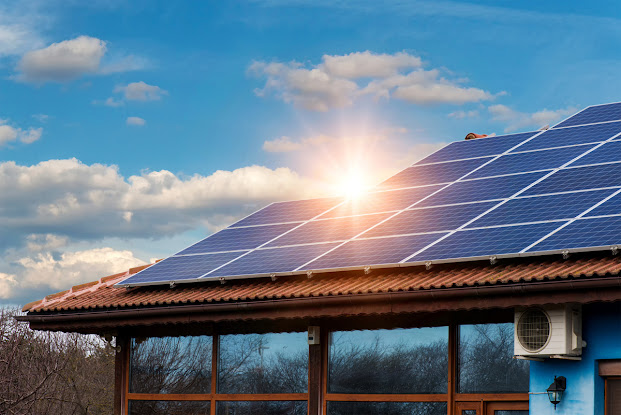From the recent statistics, renewable sources provided around 10% of Australia’s electricity generation a few years back in 2011-12. Over half of that renewable came from hydropower. A quarter of that came from wind power.
From the 2021 calendar year, it has been stated that around 14 new renewable energy projects came into being at a large scale. It was delivered at a fast rate. Along with that,320,000 solar systems were installed in Sydney.
Later, in 2013, 15 major renewable projects came into being, along with ten wind farms and more. Thanks to Government rebate solar panels, it has become a lot easier for households to enjoy the beauty of renewable energy these days. With government support, people help create a better future for the upcoming generations.
The main goal to follow:
The cec approved retailer Central Coast is here to offer the much-awaited Innovative Solar Panel to the crowd. There are many reasons behind the growing popularity of renewable energy policies in Australia. The main aim behind this scene was to reduce greenhouse based gas emissions.
- The two central policies, which are currently driving the increase in renewable energy will be FiT or the state-based Feed-in Tariff scheme, and then the Renewable Energy target or RET from the Australian Government.
- Some of the reviews of such schemes clearly portray that there has been a massive increase in the investment in renewable energy infrastructure. It has further helped increase the uptake of the current renewable energy systems.
The Solar installation company is set to extend its helping hand and offer the most rewarding help here. But, there has been some criticism along the way for both mechanisms. The main issue revolves around the relation between investment certainty and cost.
Understanding the Renewable Energy target scheme:
Also known as the RET scheme, it started in 2001 and was known to have bipartisan support. It is considered a market-based mechanism with the primary goal to add renewable energy to the demand for electricity. When RET started in 2001, the main aim was to increase electricity from renewable sources by around 9500 GWh by the end of 2010.
- This scheme mainly works by procuring help from the energy retailers to help relinquish some number of the RECs or Renewable Energy Certificates to the Australian government.
- Here, each REC is known to have an extra megawatt-hour of said electricity, which has been produced from renewable energy sources.
- In 2009, new legislation increased the target to around 45,000 GWh by the time of 2020, which will represent approximately 20% of the projected demand.
- The scheme’s mechanism was then reviewed and later amended in 2010, and the plan got split into two parts. One section is for the small-scale household system and another for the large-scale projects.
Even though being double the capacity for electricity from these renewable sources, this policy has seen some significant debates even today. The solar company has a lot to say about this policy.
Growth of renewable energy:
Nowadays, the market is booming with Solar solutions, and many households have accepted the value of solar panels. Upon usage, they have understood the importance of these panels and have started working with the best Solar Distributor to get the items delivered at their given result. Not just for the residential section, but solar power is now equally used in the industrial category. These points are enough to prove that renewable energy is here to stay! So, being prepared for the same beforehand is essential.







0 Comments